The Obstacles to Knowing, Part 1: One’s Certainty
We live in an age of uncertainty, for certainty and the sort of clarity we are demanding to answer the big questions are exactly what both twentieth century philosophy and our contemporary world have so brilliantly and utterly destroyed. Starting with Nietzsche prior to that century's beginning and hammered home by the particle physicists and by the Modernist and Postmodernist philosophers, the intellectual and artistic leaders of humanity have demonstrated that the objective truth about anything is elusive, at best.
Western philosophy — particularly since the Enlightenment when science woke up from its slumbers — has always concerned itself with the limits of certainty. In his 1748 work An Enquiry Concerning Human Understanding, David Hume destroyed the logics of certainty by demonstrating that something—such as the rising of the sun—that occurs a thousand times in a row, will not necessarily occur the thousand and first time. Later, Kant suggested that the universe (and our neural wiring) may be so structured that an ultimate understanding of the universe is beyond our capabilities (the language here is mine, not his). Nietzsche’s 1887 On the Genealogy of Morals destroyed our certainty regarding morals, by — for example — defining the teachings of Christ and Buddha as slave moralities. What many billions of the world read as the greatest of wisdom, he found to be highly unusual cases wherein the losers of the world decided morality. Later, Freud’s explorations into the unconscious showed us that what we accept as causes for our behavior are but the tip of a vast, largely hidden, mass of motivations. In the early twentieth century, Heisenberg’s Uncertainty Principle and Einstein’s Theory of Relativity demonstrated that, in the realms of the very small and the very big, reality works in ways completely counter to our reason and intuition, which were, after all, adaptations to the physics of a Newtonian middle world. In 1931, Gödel showed that no finite language such as mathematics could prove all truths. That is, mathematics will always remain incomplete. Similarly, Wittgenstein argued that, by constraining the possibilities of thought, language limits our worldview.
Lyotard (in his books published in 1979 and 1992) argued that since at least World War II, the grand meta-narratives with their conceit of universal explanatory power (such as Aryan superiority, Christian salvation, Marxist emancipation, Scientific truth) have lost their legitimacy. Their faithful will continue to believe, of course, but most reasonable people will either abandon the meta-narrative entirely or adopt a more nuanced version, not necessarily as the universal truth but for more pragmatic reasons, such as they serve their purpose under certain circumstances (Science is useful in designing refrigerators and bombers, Christianity can provide a moral compass, etc.).
Science was forced to quit asking what was truth, and, to instead, pursue what works. Then, as the 20th century proceeded, science, travel, and communication technology brought us an explosion of information from all over the world. It quickly became clear that there was no consensus on the interpretation of even a work of art or literature, much less an agreement about something as meaningful as absolute reality. Artists as diverse as Picasso, John Cage, Madonna, George Lucas, and Garcia Marquez no longer relied on old notions of truth, but rather created their own rules, perspectives, and virtual worlds. Atheist, Christian, and Taoist request equal tolerance for their beliefs. It is in the context of this pluralistic world — this democracy of worldviews — that we must now cobble together enough reliable data to convince enough of us that the sum of human activities is either sustainable or not sustainable.
And so, many of us — some significant minority of the world — no longer believe the details of the mythologies (of meta-narratives, in the language of postmodernists) that were handed down to us by our society’s authorities through the generations.
In a mythology, there needs to be no validation from outside sources. A believer believes for the very reason that everyone else around him believes. It is inconsequential to him that other cultures, research, experiences, and logic do not substantiate or, indeed, may even vehemently oppose specifics of the mythology. Believers are closed to any information that goes against their mythology. Many hundreds of millions of us have evolved to a place where we now transcend mythology and superstition, accepting reason verified by experience as a superior way of apprehending reality. We do not eschew mythology, or the voices of authorities, for that matter. We consider them as other lenses in which to understand reality and then we integrate them into our perspective. And in the near future, we may follow those who have transcended reason for other even more powerful (trans-logical) ways of understanding reality. We will then include and integrate reason into that broader, deeper perspective.
